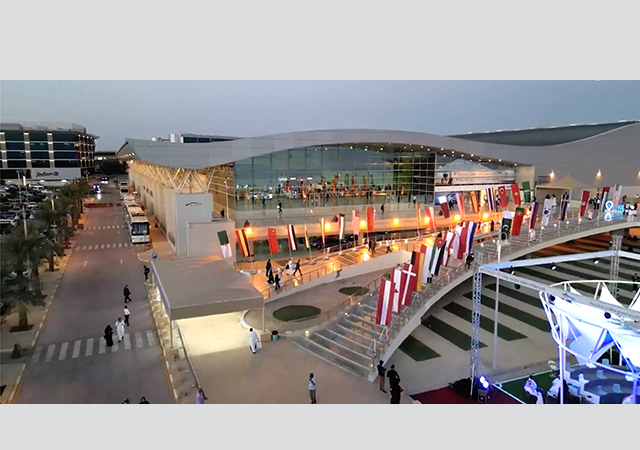
 Wolff 224 B ... complete facelift.
Wolff 224 B ... complete facelift.
Wolffkran, a leading tower crane manufacturer has strengthened its position in the sector with the launch of the Wolff 224 B, the latest luffing-jib tower crane.
The prototype of the Wolff 224 B, with its imposing three-cord lattice structure, was erected successfully on site in Heilbronn last May and has gone into production starting from July.
“The Wolff 224 B is the improved version of the proven Wolff 180 B, which has a most successful tried and tested track record,” says a company spokesman. The luffing-jib crane received a facelift which entailed the complete reengineering of the hoisting winch and its jib system.
Hoisting winch and jib system reengineered to meet market demands.
The booming construction industry achieves structural engineering feats day by day, building ever higher and higher. As a direct result the demand for quality tower cranes with luffing jibs increases and at the same time the luffing jibs are required to provide greater load bearing capacity. Taking this into account the engineers at Wolffkran reengineered the hoisting gear with its jib system from the 180 B model.
Whereas the 180 B model had a rope reeving in the lifting unit with 6t/12t the improved version has been adapted to 8 tonnes at single fall and 16 tonnes in double fall. This technical enhancement thus achieves 33 per cent more load capacity at single fall.
Total optimisation
Thanks to the complete reengineering of the hoisting gear and jib system the new Wolff 224 B has a significantly greater load capacity and affords the new crane a reclassification in the BGL standardisation to the higher 224 group. The newly classified model boasts a number of technical enhancements and advantages which create added value for the customer. An absolute must in the marketplace today.
One such technical enhancement was achieved by the repositioning of the hoisting gear. This was previously positioned on the jib foot, in its new form the unit is built into the jib section, with the rope being reeved through the jib to the jib top. This results in the load-sensing pin being positioned in the second section of the jib instead of the jib head as was previously the case. This enables easier servicing and even contributes to a reduction in the installation costs.
The new Wolff 224 B has the further advantage that the jib scaling is in 5-m steps, starting with the 30 m jib as the shortest possible jib. The maximal jib length is 60 m in comparison to the Wolff 180 B with 55 m. The re-engineered giant can bear, with its longest jib, 8 tonnes at a 26.5 m projection and 1.6 tonnes at the head when extended to 60 m. A 16-tonne load capacity (in double-fall) can be achieved up to a jib length of 50 m. With a jib length of 50 m, and a 16.5-m jib radius a 16-tonne load can be lifted and a 3.7 tonne-load at the jib head. As a result of the overall jib optimisation the counterweight could also be reduced thus avoiding intermediate ballasting.





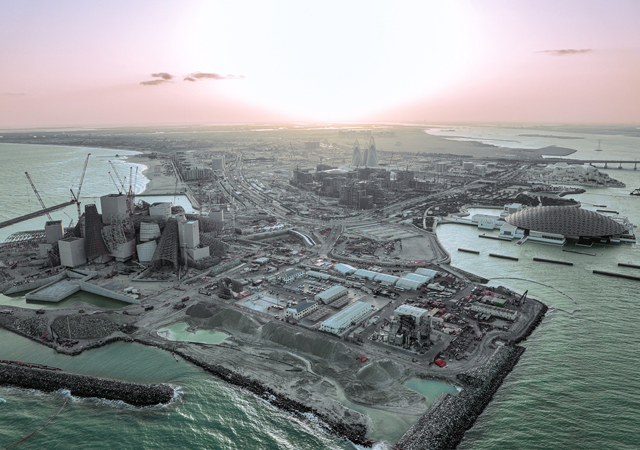


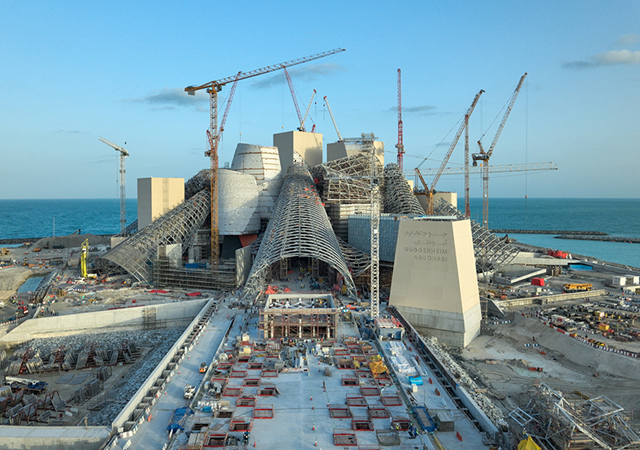
.jpg)

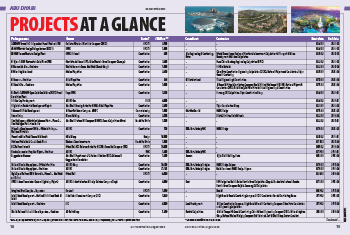



.jpg)


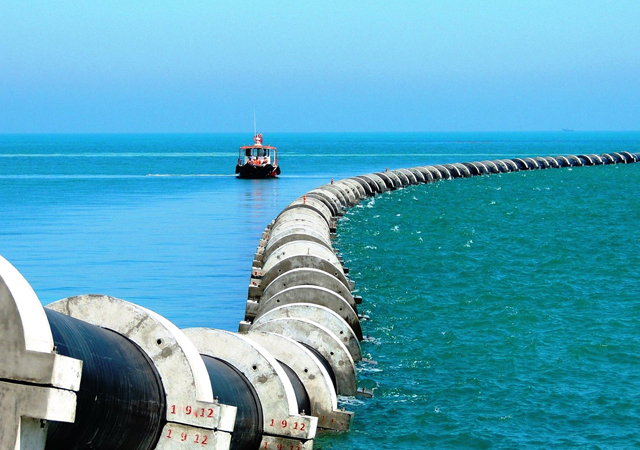



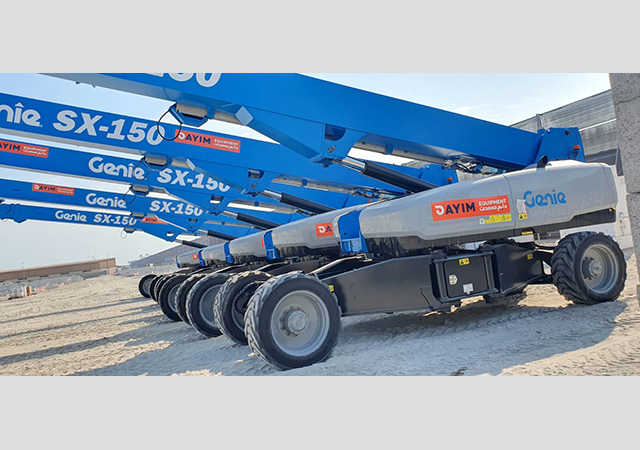
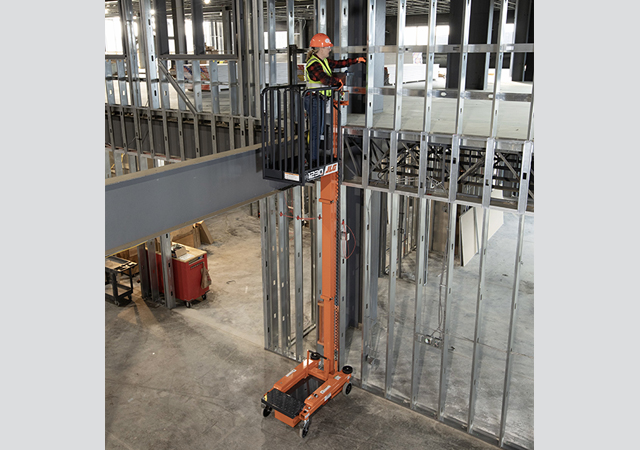
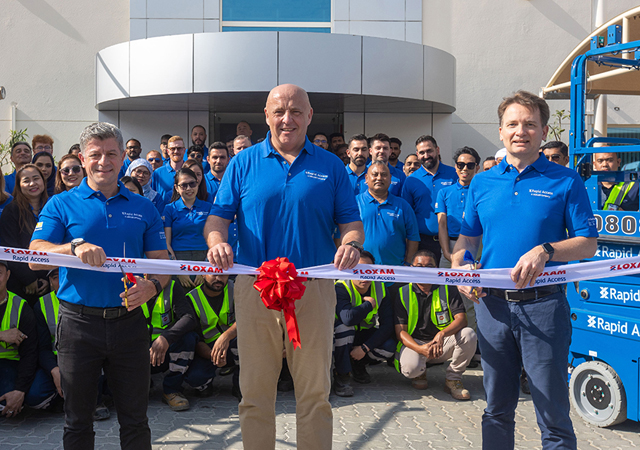
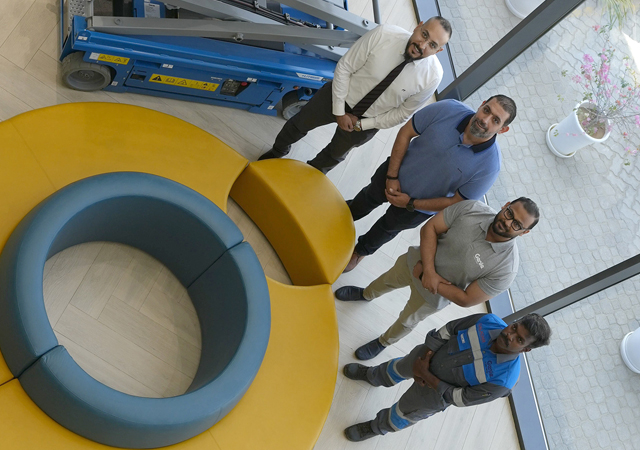
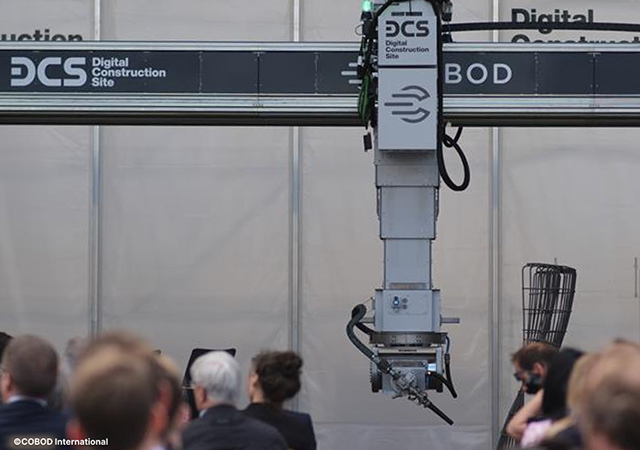
Doka (2).jpg)
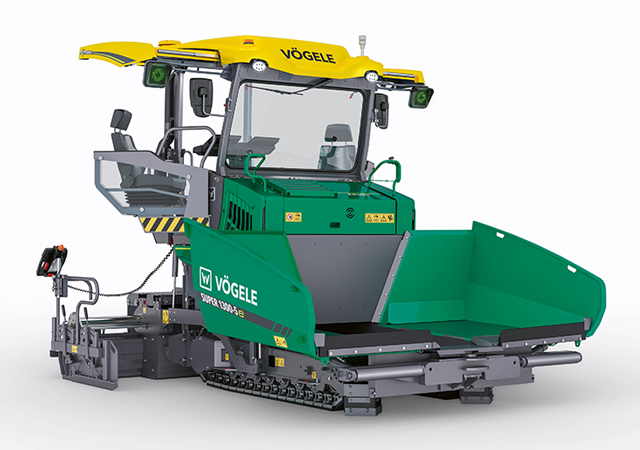


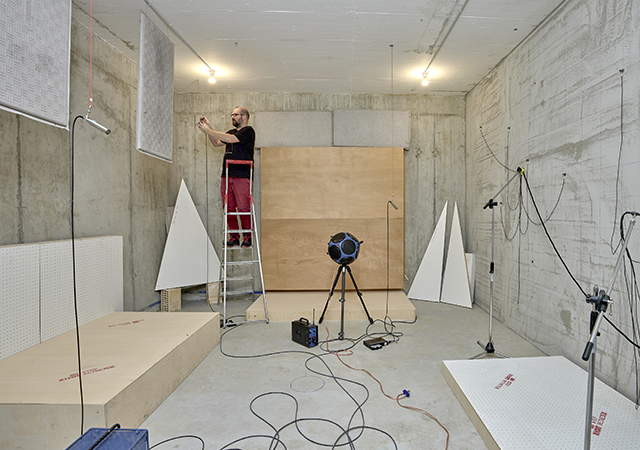





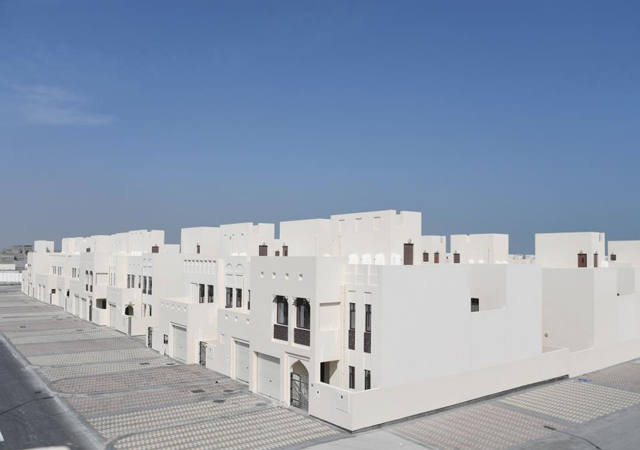






























.jpg)
.jpg)

.jpg)
